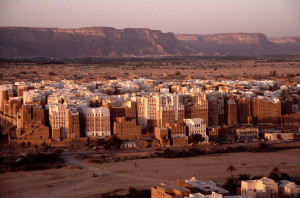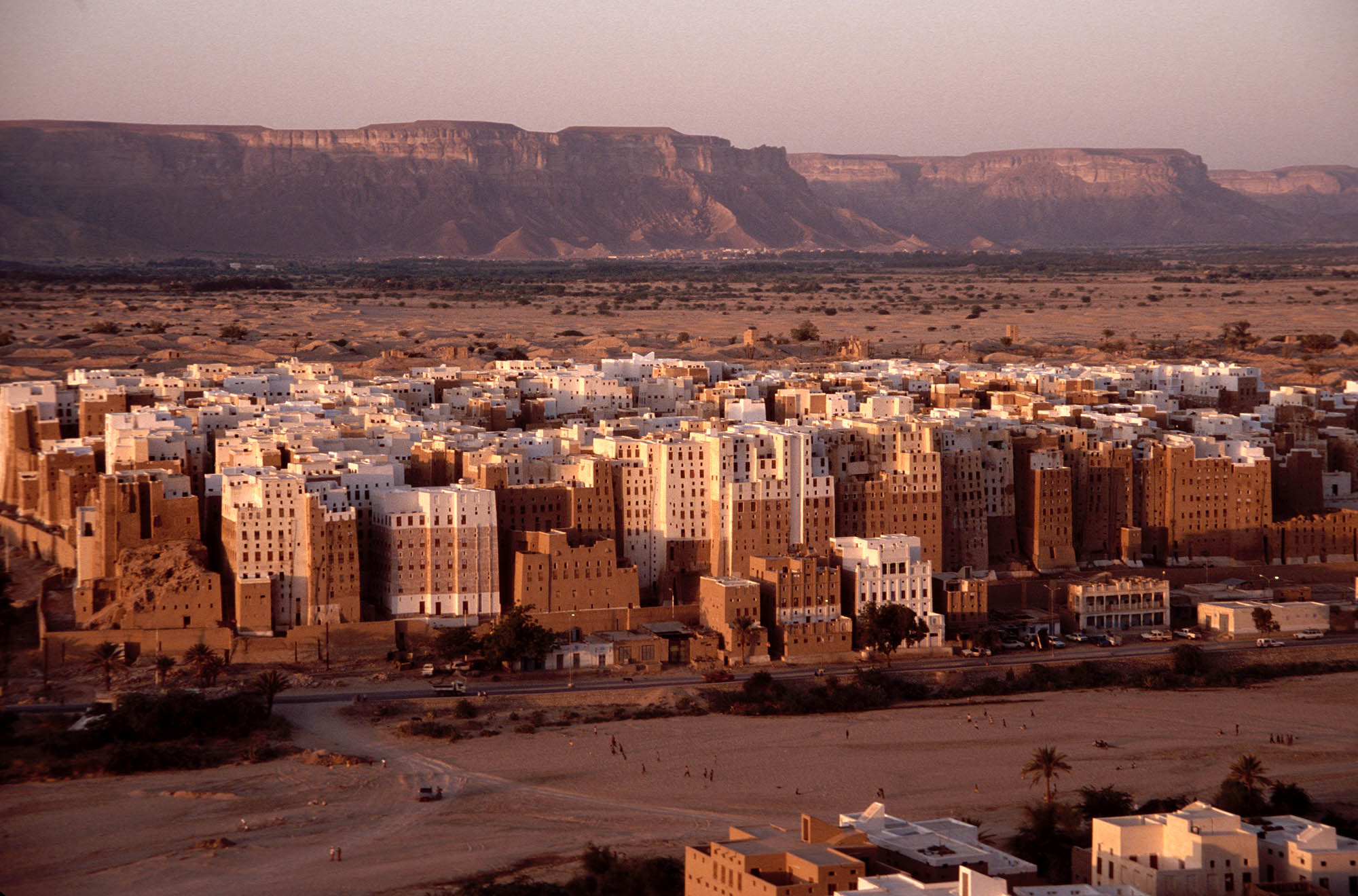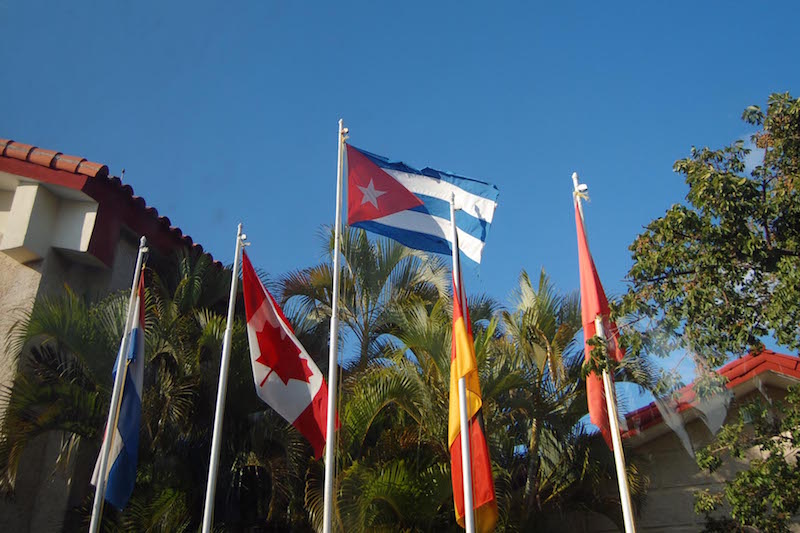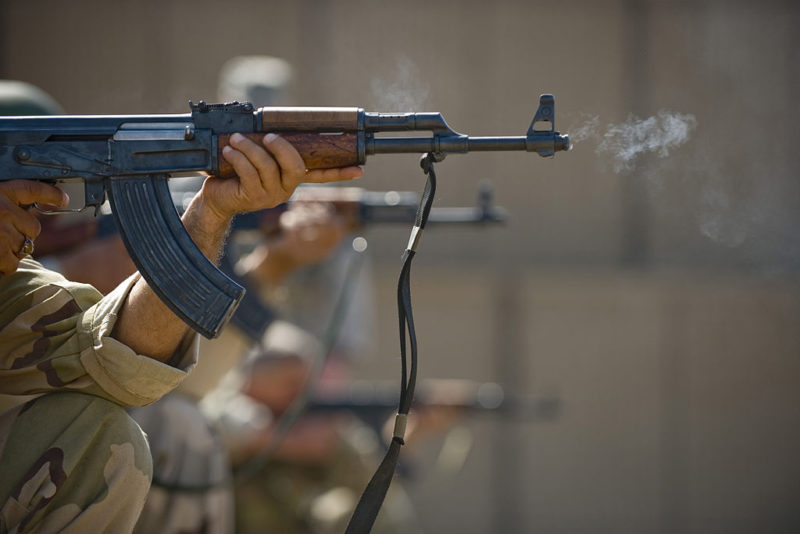 As the latest in the Middle East and North African region to become heavily embroiled in conflict, Yemen represents a significantly important geopolitical asset to its neighbors and other actors in the region. This is not new information: the intense amount of attention that was immediately garnered by the initial outbreak of violence in the Gulf state only serves as a reminder of Yemen’s geopolitical significance that is often overlooked.
As the latest in the Middle East and North African region to become heavily embroiled in conflict, Yemen represents a significantly important geopolitical asset to its neighbors and other actors in the region. This is not new information: the intense amount of attention that was immediately garnered by the initial outbreak of violence in the Gulf state only serves as a reminder of Yemen’s geopolitical significance that is often overlooked.
The Iranian-backed Houthi rebels that have gained momentum in Yemen are also known as Ansar Allah, who take their current name from Hussein Badr al-Din al-Houthi, who led Ansar Allah in 2004 up until his death. They represent a branch of Shia Islam known as Zaidism. The significance of this group comes from its historical origins; for centuries up until the outbreak of civil war in 1962, Zaidis ruled the northern regions of Yemen. When North and South Yemen merged in 1990, the country began to modernize yet still retained its tribal sects, much like many other nations in the region.
The Houthis began gaining momentum in 2004 following an insurgency led by Hussein al-Houthi in northern Yemen that directly challenged President Saleh’s regime. This conflict endured until 2011 and the effects of the Arab Spring spread to Yemen. This caused then-President Saleh to step down following protests, which led to transitional political reform that many believed was the only solution to the enduring conflict with the Houthi rebels.
However, despite power a unity government under Mansour Hadi, the next four years saw continued conflict in Yemen. Al-Qaeda’s presence in Yemen led to further violence, as attacks rose in number and international actors became more heavily involved. President Hadi’s handling of a series of oil crises in the summer prompted Houthi rebels to advance.
The current conflict came to fruition in September 2014, when Yemen’s capital, Sanaa, was captured by Houthi rebels. In February 2015 President Hadi fled to Aden, his home city, and declared it the nation’s de facto capital. In early March, the Islamic State attacked two Shia mosques in Yemen’s capital, which led to the death of 137 people. Shortly thereafter, President Hadi escaped to Riyadh.
Bordering Saudi Arabia to the north, Oman in the east, and providing access to the key Gulf of Aden in the west, Yemen is a gateway to many key concentrations of power in the Gulf. Thus it was not a surprise when Saudi Arabia carried out a series of airstrikes last week in following pleas for Arab nations to act from the Yemeni foreign minister following President Hadi’s flee to Riyadh.
The dynamic in Yemen is complex, with several different actors vying for a foothold in the region becoming involved. Each has a stake in what unfolds in Yemen, which will undoubtedly affect their interests in the numerous other concurrent conflicts in the region. As David Rothkopf notes, the situation in the Middle East is unprecedented: “For the first time since the World Wars, virtually every country from Libya to Afghanistan is involved in a military conflict…The degree of chaos, uncertainty, and complexity among the twisted and often contradictory alliances and enmities is mind-boggling.” With Yemen entering the fold, the range of options for the major actors in the Middle East have become multifaceted and ever-changing.
For example, the efforts of the United States in Yemen in many ways conflict with its actions in Iraq and Syria. The United States has been working with Iran in Iraq combating the Islamic State, with the Iranians providing military and intelligence support to operations. In Syria, the United States is also continuing its efforts to quell the rising influence of the Islamic State; to do so, the Americans have been supporting various rebel groups. The issue is that many of these rebel groups oppose Bashar al-Assad’s rule, something that Iran supports for its own interests.
In Yemen, the Iranians have backed the Shia Houthi rebels, shipping weapons and supplies to key areas in order to prevent the return of the Sunni-dominated government. Due to the proximity of Yemen to its borders and the profound dislike of having an Iranian concentration of power there, the Saudi Arabians have led the charge in Yemen by commencing air strikes and targeting the Shia Houthi-held areas. This is being done with the consent of the Gulf Cooperation Council, whose member states (Saudi Arabia, Qatar, Bahrain, Kuwait, Oman, and the United Arab Emirates) all lose if the Iranian-backed rebels follow through on fears that they will advance on Mecca or Riyadh.
What stirs the pot is the well-known fact that the United States is providing the Saudis with intelligence and logistical support in the operations that have been specifically targeting the Iranian-backed Houthi areas. The United States, while risking its relationship with Iran (to say nothing of an imploding nuclear deal) wants to avoid the fallout should Yemen fall to the Houthi rebels. The significance of Yemen to the region would become apparent if this were to take place; the power vacuum left behind would likely lead to the Islamic State gaining more of a foothold in the region amid the fighting.
Currently, those backing the Saudis in Yemen do so in order to avoid the consequences should the Iranian-backed Houthi rebels advance further. Egypt and Hamas have indicated their support for the Saudis in order to check the power of the Iranians in the region. For Saudi Arabia and Egypt specifically, their fears lie in the amount of control Yemen is able to exercise over the Bab al-Mandab straight, which much of the world’s oil shipments pass through. Egypt’s influence in the region is historically tied to its power in the Sinai Peninsula, which is threatened if Yemen falls to the rebels.
All told, the situation in Yemen is one that has the potential to spill over to the entire region. It is perhaps for this reason that other actors have become so entangled in the Gulf State; their efforts elsewhere have dispersed toward other conflicts. With an unprecedented level of instability in the Middle East and North Africa, the Yemeni factor only further complicates an already volatile year. For those actors that have become embroiled in the conflict- whether directly or indirectly- Yemen has undoubtedly become a proxy for many other sources of conflict in the region.




